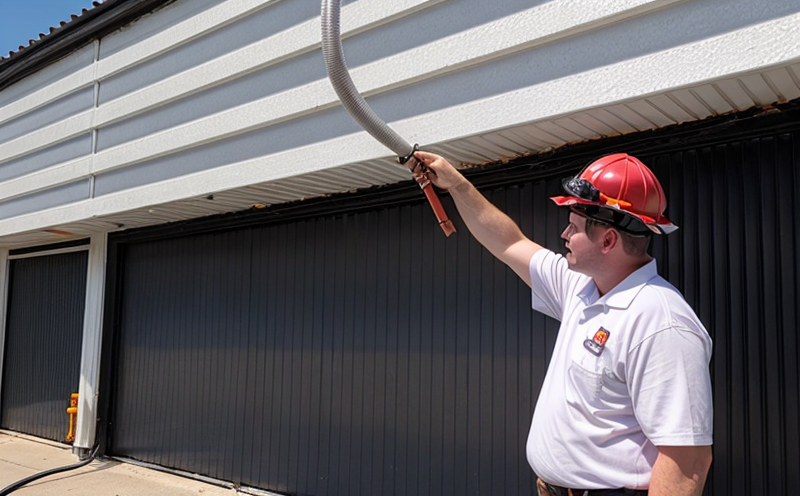Fire shutter inspection
The fire shutter is a crucial component of any building's fire safety strategy. As part of a broader fire protection system, it provides a robust physical barrier designed to prevent the spread of fire and smoke from one area of a structure to another. The integrity and functionality of these shutters are paramount for effective fire safety measures. Regular inspection ensures that they operate correctly during emergencies, thereby protecting lives and property.
Fire shutter inspections typically follow stringent guidelines set forth by international standards such as EN 13023:2008 or ASTM E1766. These standards outline the testing procedures, acceptance criteria, and operational parameters required to ensure that fire shutters meet performance expectations in real-world conditions.
During an inspection, several key aspects are evaluated:
- Operational Performance: Ensuring the shutter can be deployed manually or automatically as needed.
- Seal Integrity: Checking the integrity of the seals to prevent the passage of fire and smoke.
- Load Capacity: Confirming that the shutter can withstand the specified load without failure.
- Mechanical Functionality: Assessing the mechanical components for wear, corrosion, or other signs of degradation.
The inspection process involves a series of tests to validate these aspects. For instance, a hydraulic test checks the pressure and flow rate in the system to ensure it operates smoothly under stress. A load-bearing test assesses how well the shutter can support its intended weight without compromising its ability to close effectively.
Once inspected, fire shutters must meet specific performance criteria to be considered compliant with regulatory requirements. Compliance is critical for ensuring that buildings are safe and meet local fire codes. Non-compliance can lead to significant penalties, including fines or even legal action against property owners.
The importance of regular inspection cannot be overstated. A single failure in a fire shutter during an emergency could have catastrophic consequences. By adhering to the prescribed standards and engaging expert services for inspections, building managers ensure that their structures are equipped with reliable fire safety systems capable of performing as intended when needed most.
Why It Matters
The fire shutter inspection is a critical component in maintaining effective fire safety measures within buildings. Properly inspected and maintained shutters play an essential role in safeguarding lives during emergencies by preventing the spread of fire and smoke. This not only enhances occupant safety but also reduces potential damage to property, saving both time and resources.
From a legal standpoint, compliance with relevant standards is mandatory. Non-compliance can result in significant financial penalties, including fines and potential legal action. Regular inspections are therefore not just recommended but required by law in many jurisdictions. Ensuring that fire shutters meet these requirements helps building owners avoid costly consequences while demonstrating their commitment to public safety.
In addition to regulatory compliance, regular inspection also supports the broader goal of creating safer communities. By preventing fires from spreading and minimizing smoke inhalation risks, inspections contribute significantly to reducing overall mortality rates associated with fires. This aligns with global efforts aimed at improving public health outcomes through better fire protection practices.
Industry Applications
| Industry Sector | Description of Application |
|---|---|
| Commercial Real Estate | Inspecting fire shutters ensures that properties meet local and international safety standards, enhancing tenant confidence. |
| Hospitality | Premises like hotels or resorts require thorough inspections to protect guests and staff from potential hazards. |
| Data Centers | Ensuring fire shutters are functional is vital for protecting sensitive equipment and maintaining critical operations. |
| Schools and Universities | Regular checks are necessary to safeguard young people in educational environments, reducing risks during emergencies. |
The application of fire shutter inspections spans various industries where public safety is paramount. By adhering to best practices outlined by recognized standards like EN 13023:2008 or ASTM E1766, organizations can ensure their facilities are prepared for any emergency situation.





